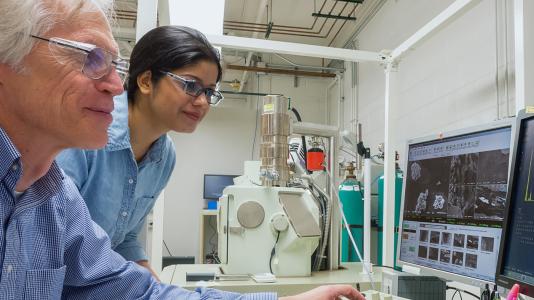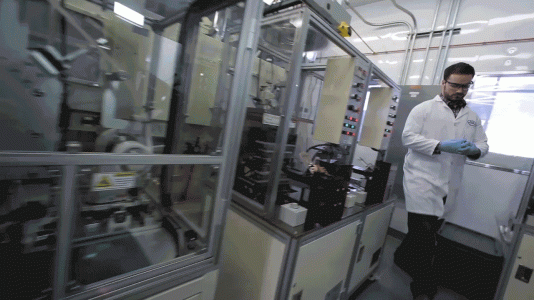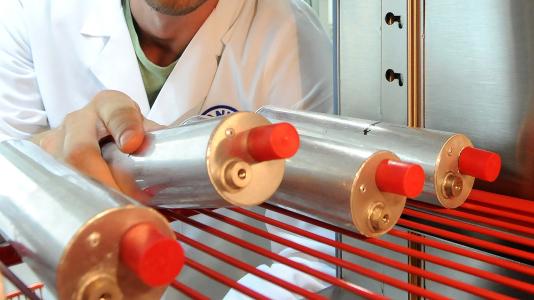
- Positive Electrodes for Lithium Batteries (ANL-IN-06-037)
The new materials have potential application in lithium-ion batteries with anodes such as graphite, graphene, and silicon. There is also potential application in batteries utilizing lithium metal anodes.
In this invention, cathode precursors that contain a large amount of lithium can be extracted electrochemically at high potentials to load metal or metal alloy substrates with lithium. In one example, lithium and oxygen ions are released from the cathode during an initial preconditioning charge of the cell. This process leaves a structurally modified compound in the charged cathode that can react with lithium on a subsequent discharge. In principle, the preconditioning step (i.e., the initial charge reaction) is largely irreversible, whereas the second step (the initial charge reaction) can be either reversible or irreversible. This technology is available for license.
Applications
High capacity electrodes used in lithium batteries for:
- Electric and plug-in hybrid electric vehicles;
- Stationary energy storage devices;
- Portable electronic devices;
- Medical devices; and
- Space, aeronautical, and defense-related devices.


